
A suspensão do apoio do governo dos EUA deixou dezenas de redações latino-americanas lutando para sobreviver. Enquanto algumas exploram novas fontes de receita, a maioria ainda enfrenta uma batalha árdua pela sustentabilidade.
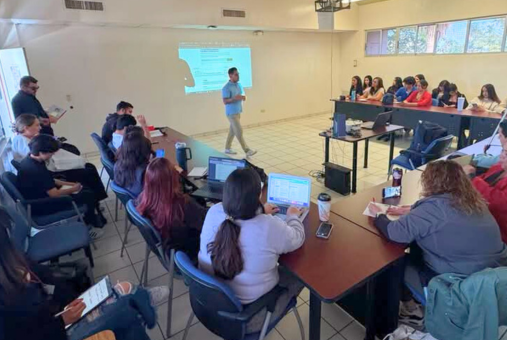
Cada vez mais programas de jornalismo na América Latina estão incorporando cursos sobre empreendedorismo. Desafios, no entanto, persistem, como a dificuldade de atualização dos corpos docentes e a burocracia institucional.
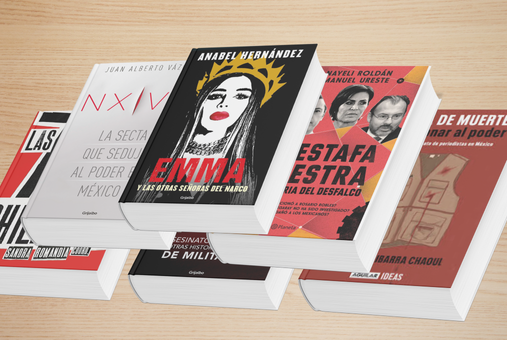
Embora normalmente não representem uma renda extra significativa, os livros de jornalismo investigativo oferecem oportunidades de reflexão, prestígio e apoio editorial, o que os torna uma alternativa à precariedade e aos ataques ao jornalismo no México.

No 18º Colóquio Ibero-Americano de Jornalismo Digital, diretoras da SembraMedia compartilharam chaves para ver a sustentabilidade dos meios independentes como um processo diário e coletivo.

Depois que as enchentes deslocaram 615 mil pessoas no sul do Brasil, a mídia local lutou para se manter ativa. Agora, a Repórteres Sem Fronteiras lançou um projeto para ajudar pequenos veículos a se prepararem para futuras crises.
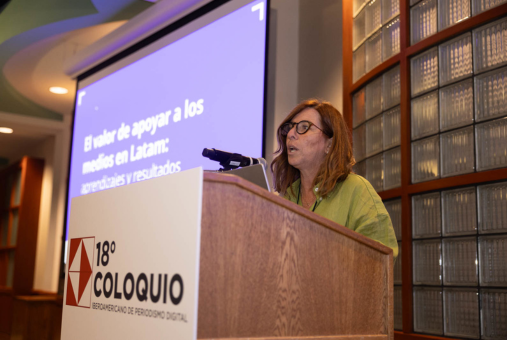
Durante o 18º Colóquio Ibero-Americano de Jornalismo Digital, a diretora regional do International Fund for Public Interest Media compartilhou as lições aprendidas nos dois anos desde o lançamento do fundo na América Latina.

A troca de verificadores de fatos profissionais por notas da comunidade nos Estados Unidos pode indicar um retrocesso global nos controles contra a desinformação.
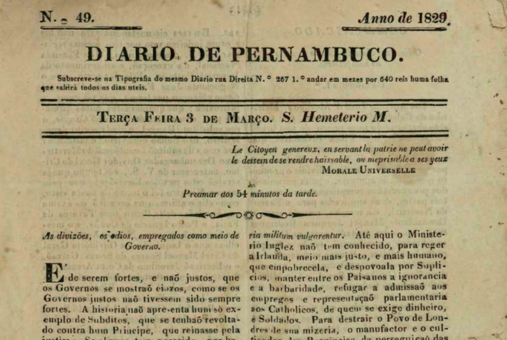
O Diário de Pernambuco noticiou a monarquia, pandemias e guerras. Agora, enfrenta dificuldades para pagar suas dívidas e continuar contando as histórias do Brasil.
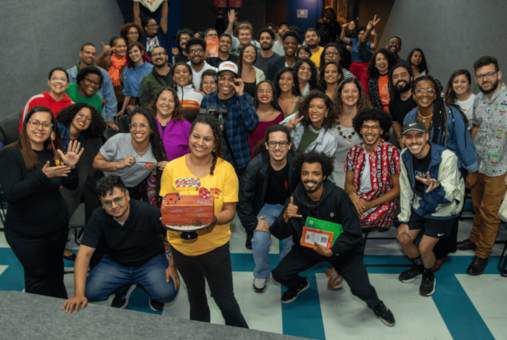
O livro “Tijolo por Tijolo” explica como meios de notícias nativos digitais no Brasil e na Colômbia estão fomentando comunidades de apoiadores financeiros para sustentar seu jornalismo. É um exercício de persistência e resiliência.
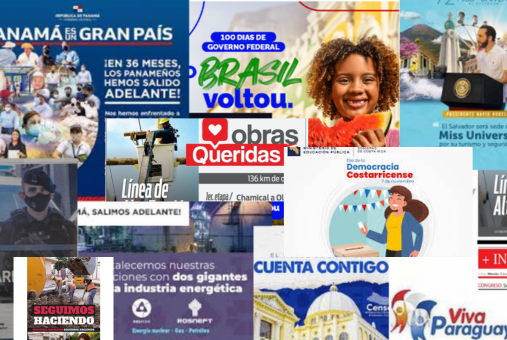
Análise da verba publicitária do Estado na região mostra como leis inadequadas possibilitam que governos utilizem mal os recursos, premiando aliados e ameaçando veículos independentes.

Pesquisadores afirmam que Desafio de Inovação da Google News Initiative “fomenta dependência” das organizações jornalísticas em relação às plataformas de tecnologia. Organizações disseram à LJR que participar do programa abriu portas para outros tipos de financiamento.

Revista Gatopardo reinventa os seus produtos impressos e digitais para que seu renomado jornalismo literário de longo fôlego e fartamente ilustrado continue a influenciar a região.